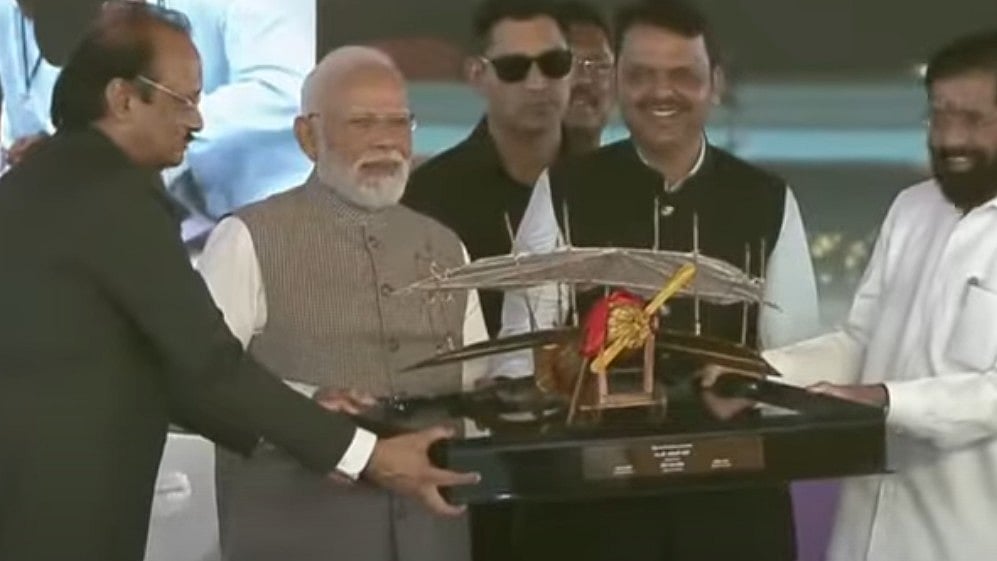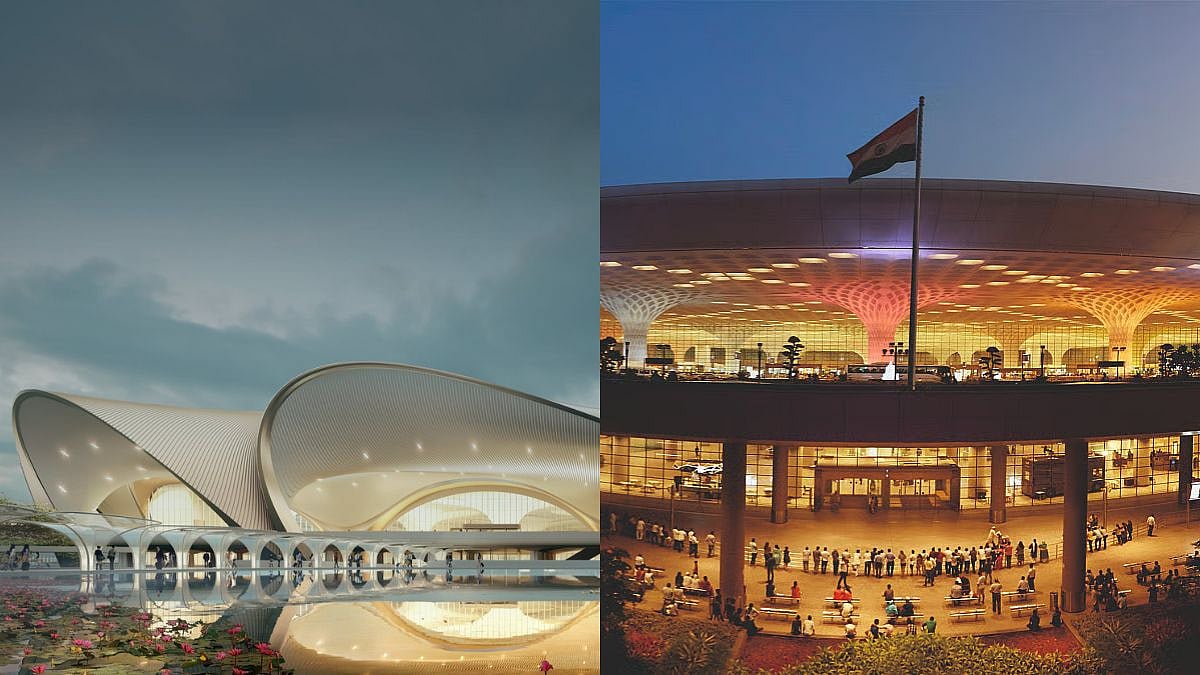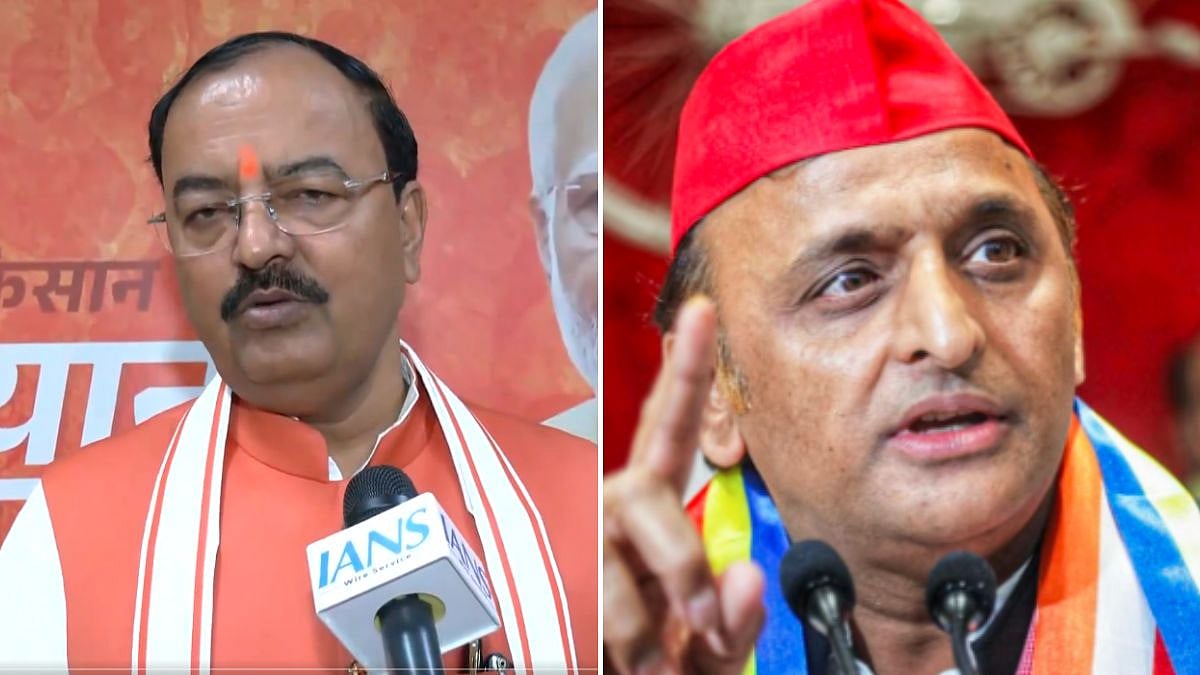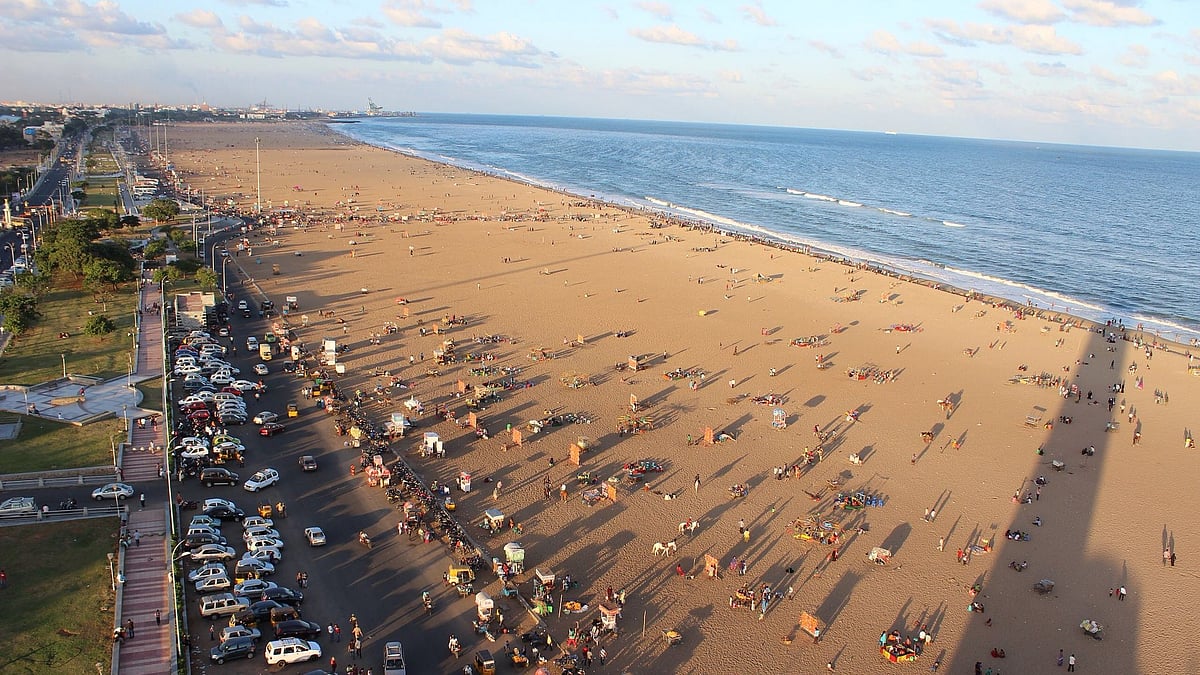When the Navi Mumbai International Airport (NMIA) finally opens its doors today, it marks a defining moment in India’s infrastructure journey, the culmination of an ambitious ₹19,650 crore project led by Adani Airports Holdings Limited (AAHL). Envisioned to ease the immense air traffic pressure on Mumbai’s Chhatrapati Shivaji Maharaj International Airport, NMIA represents not only a world-class aviation hub but also a symbol of India’s growing architectural and technological prowess.

A vision in steel, glass, and symbolism
The stunning design of the airport comes from the late Zaha Hadid's firm, Zaha Hadid Architects (ZHA), one of the world’s most renowned architecture firms. Chosen through a global design competition, the structure draws deep inspiration from India’s national flower, the lotus, a symbol of purity and resilience.
The floating steel-and-glass terminal roof, supported by 12 petal-like sculptural columns and 17 mega-columns, creates a breathtaking silhouette. These petal columns are not just aesthetic but are engineered to withstand seismic and wind loads, making them both symbolic and functional. The design allows natural light to flood the interiors, enhancing passenger comfort while reducing energy consumption.
ZHA’s vision combines Indian cultural motifs with cutting-edge global design principles, similar to its iconic work at the Beijing Daxing International Airport. NMIA’s structure stands as a modern-day lotus, rooted in tradition but looking toward the future.
Phase-wise development and expansion plans
In its first operational phase, NMIA will feature a 3,700-metre runway and a terminal designed to handle up to 20 million passengers annually. The master plan envisions future phases that will expand the airport’s capacity to between 60 and 90 million passengers per year, with two parallel runways and multiple terminals to accommodate increasing demand.
Designed around the passenger
Every element of the airport’s design focuses on creating a seamless and stress-free passenger experience. The first phase introduces 88 check-in counters, 66 staffed and 22 self-service, organised across three operational zones: Alpha, Bravo, and Charlie.
The interior layout emphasizes visibility and intuitive navigation, with open concourses, travelators, and clear wayfinding markers guiding passengers effortlessly from check-in to boarding. Spacious lounges, retail outlets, and dining zones ensure comfort while maintaining flow efficiency.
Natural light and open spaces reduce crowding and enhance the sense of calm, a signature trait of Zaha Hadid’s architectural style.
As Prime Minister Narendra Modi inaugurated this architectural marvel, NMIA represents not just a new gateway to Mumbai but a landmark of India’s economic and design evolution, echoing the nation’s rise on the global stage.









